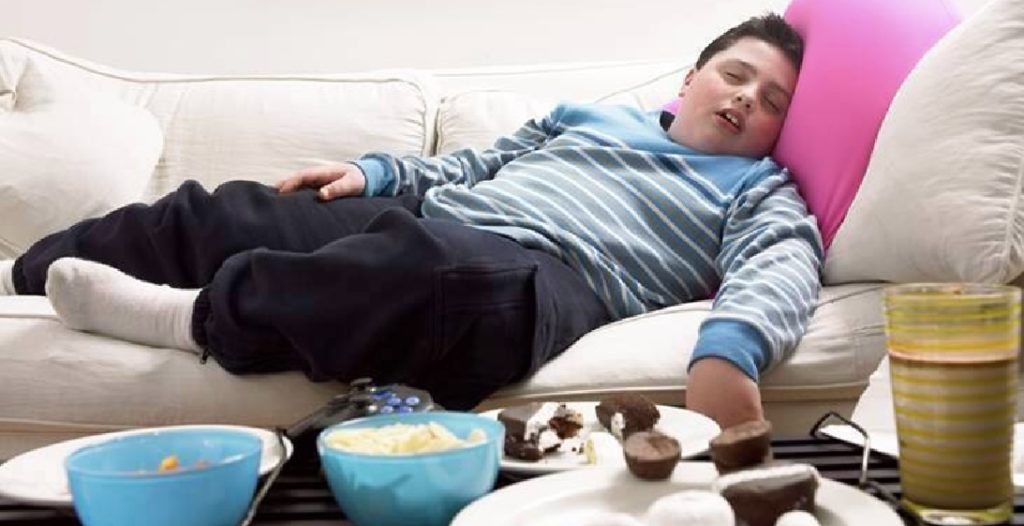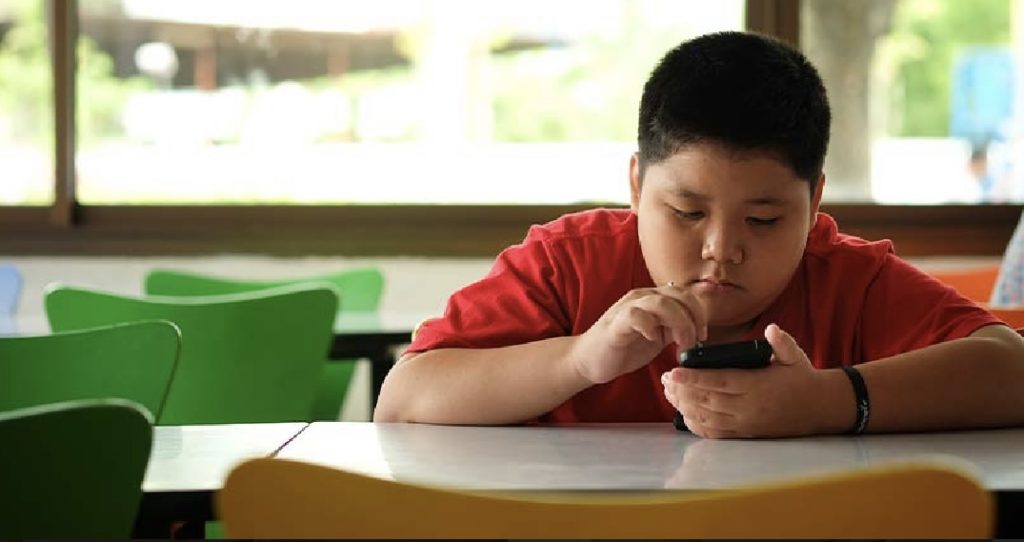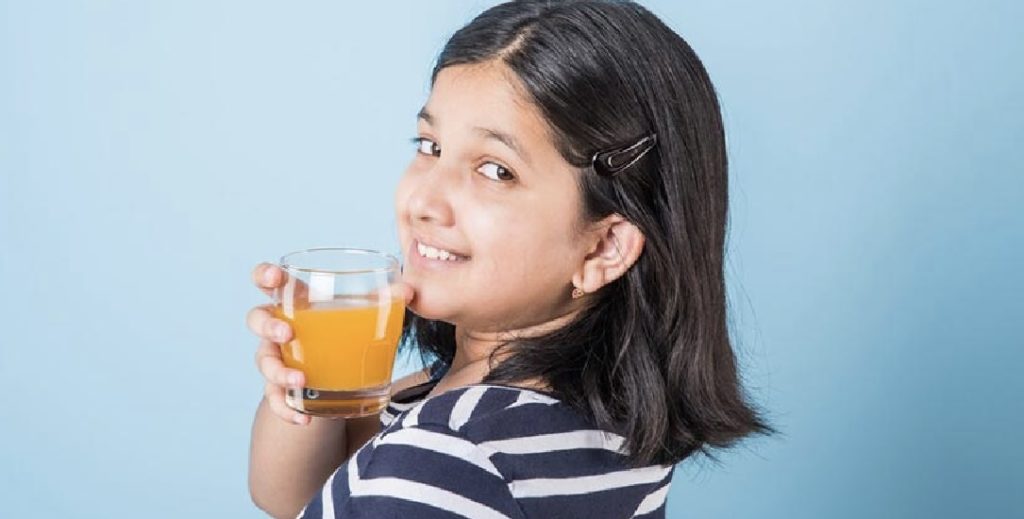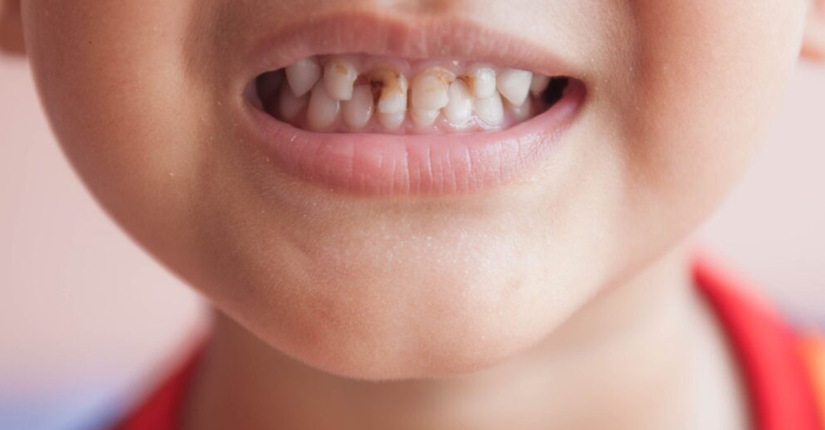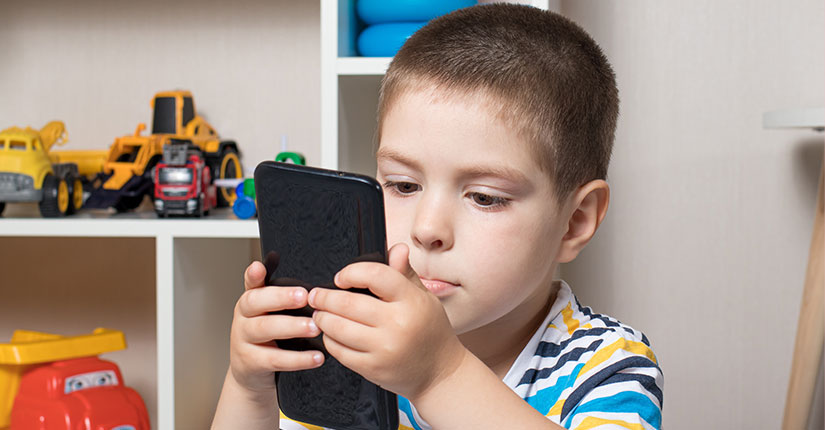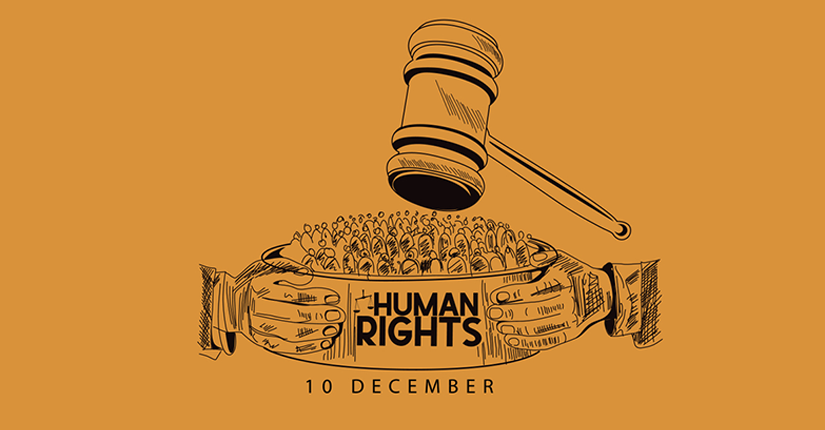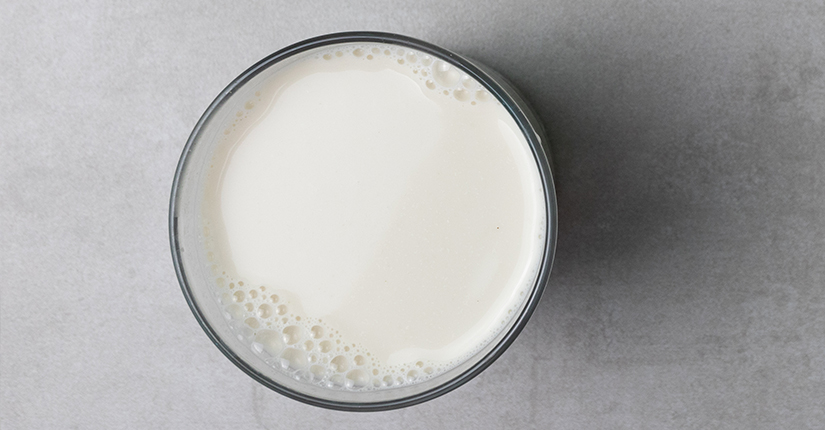EXPLORING THE 7 DIFFERENT TYPES OF JUVENILE ARTHRITIS: A QUICK GUIDE FOR CHILDREN’S HEALTH
By Nmami Agarwal 23-Jul 2023 Reading Time: 17 Mins
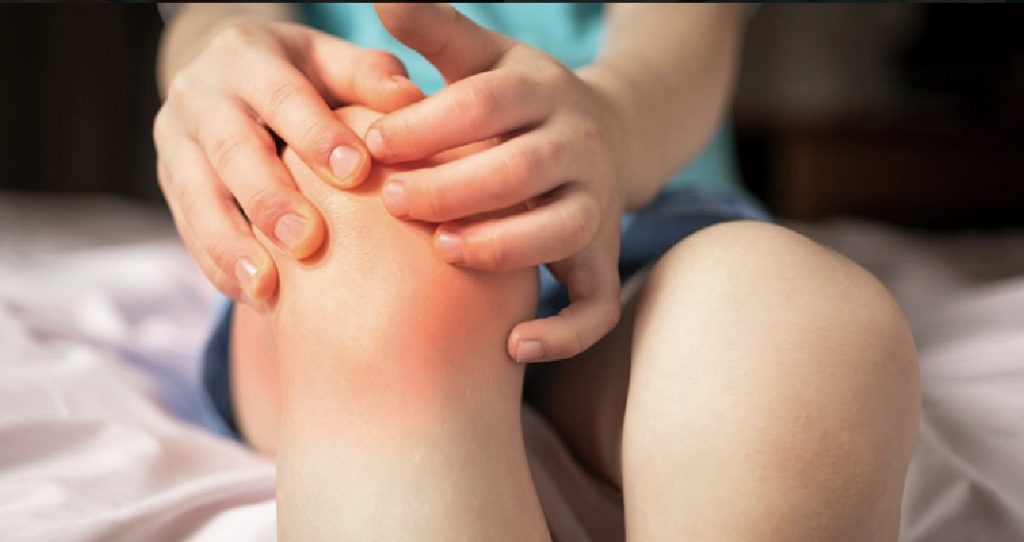
Juvenile arthritis is a condition that affects children of all ages, races, and genders amd it is an autoimmune disease that causes inflammation in the joints and can lead to chronic pain, disability, and even life-threatening complications. There are seven different types of juvenile arthritis, each with its own set of symptoms, diagnosis, and treatment options also it becomes crucial to understand these types of juvenile arthritis, their symptoms, and how they affect your child’s health. So today we will explore each type of juvenile arthritis, including their symptoms, diagnosis, and treatment options, so you can help your child manage the condition and maintain their health and well-being.
What is Juvenile Arthritis?
Juvenile Arthritis (JA) is a term used to describe a type of arthritis that affects children under the age of 16 it is an autoimmune disorder that results in the inflammation of the joints, causing pain, stiffness, and swelling. There are several different types of JA, and each type has its own unique set of symptoms and treatment options and the most common type of JA is Juvenile Idiopathic Arthritis (JIA), also known as Juvenile Rheumatoid Arthritis (JRA). This type of JA is characterized by joint inflammation that lasts for more than six weeks and affects children under the age of 16 and other types of JA include Systemic Juvenile Idiopathic Arthritis, Psoriatic Arthritis, Enthesitis-Related Arthritis, Juvenile Lupus, Juvenile Dermatomyositis, and Mixed Connective Tissue Disease. Moreover, it is important to understand the type of JA that your child has, as it can impact their treatment plan and prognosis. While there is currently no cure for JA, early diagnosis and aggressive treatment can help manage symptoms and prevent long-term damage to the joints.
The 7 types of Juvenile Arthritis
Juvenile arthritis (JA) is not a single disease but refers to a group of arthritis and arthritis-related conditions that affect children under the age of 16 and there are seven different types of JA, and each type can cause different symptoms and treatment plans. Here is a brief overview of each type of JA:
1. Systemic JA: This type of arthritis affects the whole body and can cause fever, rash, and inflammation of organs such as the liver and spleen.
2. Oligoarticular JA: This is the most common type of JA and affects fewer than five joints in the first six months of the disease and often affects the knees, ankles, and wrists.
3. Polyarticular JA: This type of arthritis affects five or more joints in the first six months of the disease, often including the small joints of the hands and feet.
4. Psoriatic JA: This type of JA is a combination of arthritis and psoriasis, a skin condition that causes red, scaly patches.
5. Enthesitis-related JA: This type of JA affects the entheses, which are the areas where tendons and ligaments attach to bones.
6. Undifferentiated arthritis: This is a type of arthritis that does not fit into any of the other categories.
7. Juvenile lupus: This is a type of autoimmune disease that affects many parts of the body, including the joints.
It is important to note that JA is a chronic disease, meaning that it can last for a long time or even a lifetime and early diagnosis and treatment are crucial in managing the symptoms and preventing long-term damage to joints and other organs.
Systemic Juvenile Idiopathic Arthritis (SJIA)
Systemic Juvenile Idiopathic Arthritis (SJIA) is a rare type of juvenile arthritis that affects both boys and girls also it is an auto-inflammatory disease that causes inflammation throughout the body. SJIA is often characterized by fever, rash, and arthritis and children with SJIA may also experience fatigue, loss of appetite, and anemia, which are symptoms that are not usually present in other types of juvenile arthritis. The fever in SJIA can spike high and be accompanied by a rash that comes and goes quickly, which is called a “salmon-pink” rash. However, it is important to note that the rash can appear anywhere on the body, not just where the joints are affected. SJIA can be difficult to diagnose because of its systemic nature and the fact that it shares symptoms with other diseases also there are no specific tests for SJIA, so doctors often rely on a combination of symptoms and blood tests to make a diagnosis. Early diagnosis and treatment are crucial for children with SJIA because the disease can cause serious complications if left untreated. Treatment for SJIA usually involves a combination of medications to reduce inflammation and manage symptoms.
Oligoarticular Juvenile Idiopathic Arthritis (OJIA)
Oligoarticular Juvenile Idiopathic Arthritis, also known as OJIA, is the most common form of juvenile arthritis, accounting for about half of all cases and it typically affects children under the age of 6 and girls are more likely to be affected than boys. OJIA primarily affects the joints of the lower body, such as the knees and ankles, but can also affect the eyes. In fact, about 20-30% of children with OJIA will develop uveitis, an inflammation of the eye that can lead to vision loss if left untreated. Symptoms of OJIA include joint pain, stiffness, and swelling, as well as a reluctance to use the affected limb as these symptoms may come on suddenly or develop gradually over time.
The cause of OJIA is unknown, but it is believed to be an autoimmune disorder, meaning that the body attacks its own healthy tissue. There is no cure for OJIA, but early diagnosis and treatment can help manage symptoms and prevent long-term damage to joints and eyes. Treatment options include nonsteroidal anti-inflammatory drugs (NSAIDs), disease-modifying antirheumatic drugs (DMARDs), and corticosteroids, as well as eye drops to treat uveitis.
Polyarticular Juvenile Idiopathic Arthritis (PJIA)
Polyarticular Juvenile Idiopathic Arthritis (PJIA) is a type of arthritis that affects five or more joints in the body and PJIA is more common in girls than in boys and usually affects large joints such as the knees, ankles, and wrists. The symptoms of PJIA include joint swelling, stiffness, and pain, and can also cause fatigue, fever, and weight loss. There are two subtypes of PJIA: rheumatoid factor (RF) positive and RF negative. RF positive PJIA is a more severe form of the disease, and may lead to more joint damage and disability whereas RF negative PJIA is less severe, and often goes into remission without causing permanent joint damage. Treatment for PJIA generally involves a combination of medication, physical therapy, and occupational therapy. Nonsteroidal anti-inflammatory drugs (NSAIDs) can help reduce inflammation and pain, while disease-modifying antirheumatic drugs (DMARDs) can help slow the progression of the disease.
Enthesitis-related Juvenile Idiopathic Arthritis (ERA)
Enthesitis-Related Juvenile Idiopathic Arthritis (ERA) is a type of juvenile arthritis that primarily affects the entheses, which are the areas where tendons and ligaments attach to the bones and common symptoms include pain and stiffness in the joints, particularly in the lower extremities such as the hips, knees, and ankles. Children with ERA may also experience inflammation in areas such as the eyes, intestines, and genital tract, which is known as extra-articular involvement. ERA is more common in boys than girls and typically develops between the ages of 8 and 15 and diagnosis can be challenging because symptoms can be similar to other types of juvenile arthritis, and there is no specific test to diagnose ERA. However, doctors may use a combination of physical exams, blood tests, and imaging studies to make a diagnosis. Treatment for ERA typically involves a combination of medication, physical therapy, and lifestyle modifications. Nonsteroidal anti-inflammatory drugs (NSAIDs) are commonly used to reduce pain and inflammation, while disease-modifying antirheumatic drugs (DMARDs) may be used to slow the progression of the disease.
Psoriatic Arthritis (PsA)
Psoriatic Arthritis (PsA) is one of the seven types of juvenile arthritis, which is an autoimmune disease that causes inflammation in the joints and skin also PsA is often associated with psoriasis, an autoimmune skin condition moreover children with PsA may experience pain, swelling, and stiffness in their joints, as well as skin rashes and nail changes. PsA can affect any joint in the body, but it most commonly affects the fingers and toes it can also affect the spine, causing stiffness and pain in the neck and lower back. Children with PsA may also experience fatigue and eye problems, such as uveitis, an inflammation of the eye. Diagnosing PsA in children can be challenging, as the symptoms may be similar to other types of juvenile arthritis. A rheumatologist will typically perform a physical exam and order blood tests to help make a diagnosis. X-rays and other imaging tests may also be ordered to check for joint damage. Treatment for PsA may include medications to reduce inflammation and manage pain, as well as physical therapy and exercise to improve joint function and flexibility children with PsA may also benefit from occupational therapy to help them manage daily activities and use assistive devices as needed.
Undifferentiated Juvenile Idiopathic Arthritis (UJIA)
Undifferentiated Juvenile Idiopathic Arthritis or UJIA is a type of juvenile arthritis that is difficult to diagnose as it doesn’t fit any of the other categories and doesn’t have distinct symptoms. This type of arthritis is diagnosed when a child presents with joint inflammation, but the symptoms don’t match any of the other categories of juvenile arthritis and it is also diagnosed when a child presents with symptoms that cross over multiple categories of juvenile arthritis. UJIA is a very rare form of juvenile arthritis and it is difficult to find treatment as there is not enough research on this type of arthritis and the treatment for UJIA is usually determined on a case-by-case basis. Doctors may use the same treatment options that are used to treat other forms of juvenile arthritis, including nonsteroidal anti-inflammatory drugs (NSAIDs), corticosteroids, or disease-modifying antirheumatic drugs (DMARDs).
It’s important to note that UJIA is not a death sentence for a child, and with proper treatment and management, most children with UJIA can lead a normal life.


